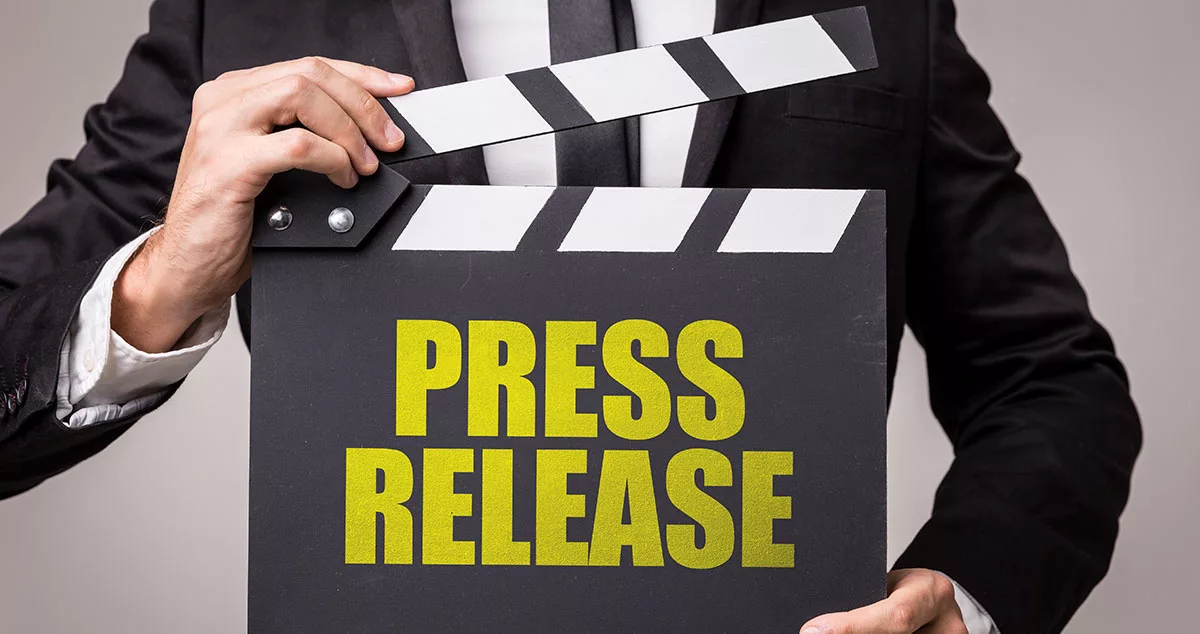By Mark Havenner
It is arguably widely known in the public relations world that “social media press releases” can tremendously impact the appeal of a press release to both the media and consumers. Popularized by communications professionals like Brian Solis, these releases offer a different tone in language and often include multi-media assets like photos and videos as well as widgets that make the release easy to share. In the past two years, wire services have caught onto the trend and now provide social media release templates in their service packages.

While social media press releases do make an otherwise dry communication tactic more interesting, the real potential of how press releases can evolve has yet to be realized. There are many emerging tools that can make releases compelling, interactive and even viral. Thinking outside of the “press release box” can add a mark of creativity on press communication that not only garners more attention but also invites the recipient of the release to be more involved with the news.
When constructing a social media press release, one should consider assets not traditionally used for multi-media and develop a narrative around the release that will captivate and engage a wide audience.
Following are examples of the potential for creative interactive elements that can be used:
1. Slideshows
Many companies already know about the power of SlideShare. The ability to create a presentation, upload, and use on other sites as embeddable content, can be an invaluable communication tool. In the context of press releases, this can be a way to organize the message and make it interactive. Also using SlideShare provides the added benefit of having your messages exist in a social and sharable online network.
It is often awkward to have more than one photo on a release, but a SlideShare embed will allow for as many photos as you please and can be easily browsed by the reader. Another use is presentational communication. Putting key points with engaging images can be a visual way to punctuate information within a release.
In particular, releases about new products, studies, or other stories that require a great amount of support data, a slideshow, can encapsulate the information visually for the reader and encourage media to re-use the element in their story.
Trends Tech 2010 for LibrariansView more presentations from Michael Stephens.
2. Podcast
Podcasts may bring visions of radio production with a mixer board, headphones and cables into one’s head. In reality, podcasts are very easy, extremely popular and effective. In the increasingly mobile world, podcasts are an upward trending way consumers access information. For the purposes of a press release, it can be a one-shot deal or part of a regular program of communication.
Podomatic is a powerfully simple website that allows one to freely record, host, and embed podcasts. Once recorded, they can be shared, downloaded, embedded or distributed throughout social media. Putting key messages into audio in the form of a “news report” or interview can be a powerful way to demonstrate the newsworthiness of the story and also deliver an element that the media would be inclined to use in their coverage.
3. Video
With innovative sites like xtranormal you don’t need a camera, actors, or location to make a movie. You can simply type in a script and use animated characters, in a setting you choose, to speak the lines. This, like the others, can be easily embedded and distributed online.
Many in the blogosphere have taken advantage of xtranormal and often make humorous movies that offer commentary for their audience. This can also be a valuable tool for press releases. Putting information from a release into a visual conversation creates a shareable element for media to use, but also delivers the messages in an engaging way to viewers.
Here is an example of one I made to demonstrate the point:
All of these methods ultimately accomplish a broader objective of bringing messages out in a variety of vehicles to reach a broader audience. Using sharable tools like the ones mentioned here provide a level of interaction in social media releases that images or twitter buttons alone won’t accomplish. They also provide more reasons to push that “Share This” button.






